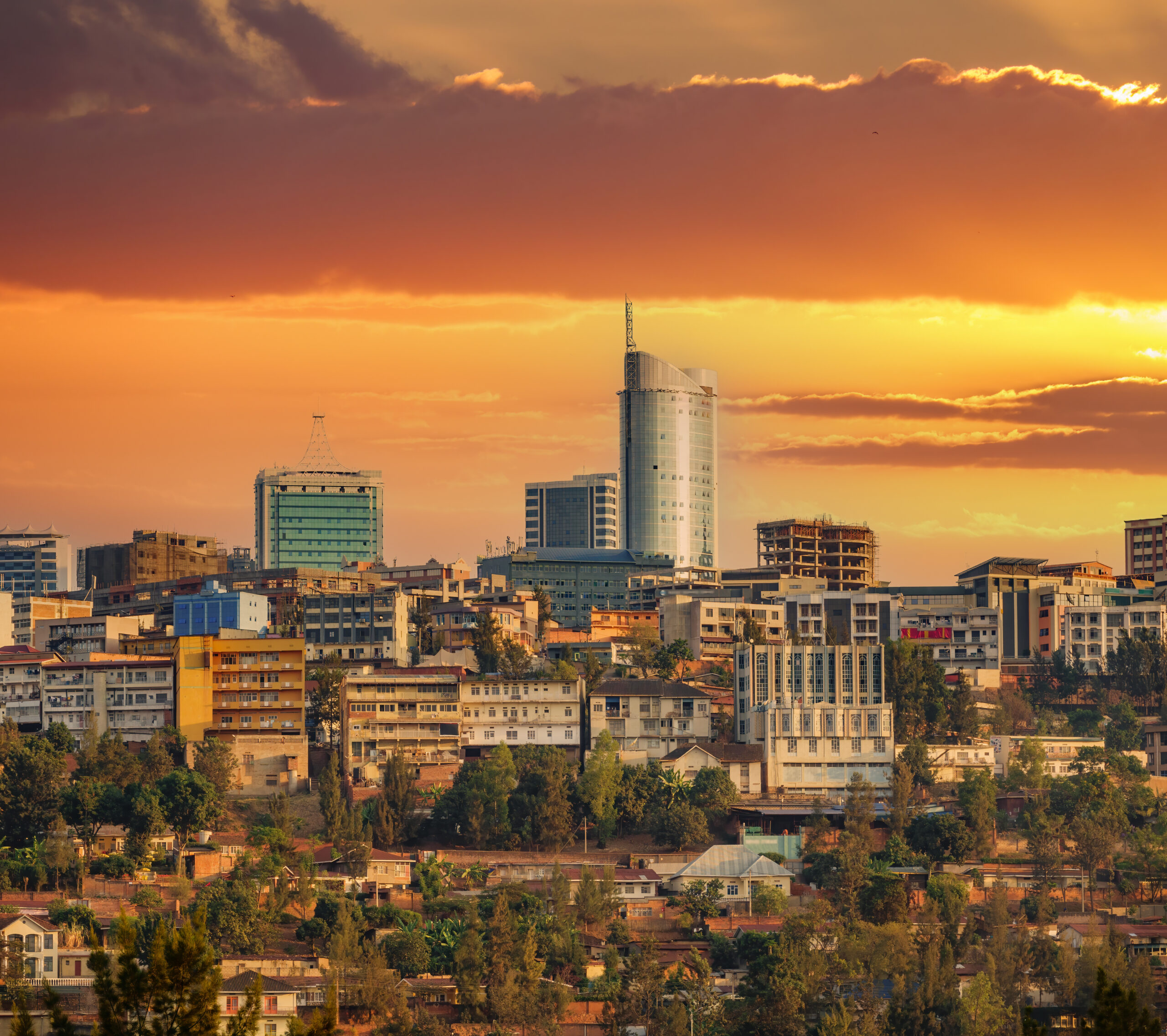Protecting Healthcare Workers in Rwanda During Marburg Virus Outbreak
Safeguarding Healthcare Workers During Rwanda’s Marburg Virus Crisis
The global health landscape is fraught with challenges, and we’ve seen this vividly illuminated during outbreaks like the one caused by the Marburg virus in Rwanda. It’s a dire reminder that a healthy society hinges on the well-being of those on the front lines—our healthcare workers. But how do we protect these brave individuals? In this article, we’ll explore the importance of safeguarding healthcare workers during health crises, especially in the context of the current Marburg outbreak.
Understanding the Marburg Virus
So, what exactly is the Marburg virus? For the uninitiated, the Marburg virus belongs to the same family as the notorious Ebola virus. It’s transmitted to humans through contact with bodily fluids of infected animals, particularly the Egyptian fruit bat, and it spread among humans through direct contact with infected individuals or contaminated materials.
The symptoms can be severe, ranging from high fevers to internal bleeding, making it a formidable enemy for public health systems. The mortality rate can reach up to 88%, especially when proper medical interventions are lacking. These numbers aren’t just ominous; they remind us of the intense pressure placed on healthcare systems, particularly in regions like Rwanda, where healthcare resources are often limited.
The Critical Role of Healthcare Workers
Think of healthcare workers as the backbone of any health response strategy. They’re not just caregivers; they’re the frontline warriors battling invisible enemies day in and day out. In the context of the Marburg virus outbreak, these workers face increased risks which can lead to psychological, physical, and emotional stress.
Why should we care? Well, a well-supported healthcare workforce translates to a more effective crisis response, which benefits everyone. When healthcare workers feel safe and valued, they can focus on their jobs. When they’re overwhelmed or afraid, however, the quality of care can slip, and we all suffer for it.
Emotional and Psychological Toll
Imagine waking up every day, knowing that you’re stepping into a battlefield where the risk of infection looms large. That’s the reality for healthcare workers dealing with the Marburg virus outbreak. Anxiety, burnout, and mental exhaustion are rampant among these defenders of public health.
Healthcare systems have to prioritize not just physical protection but also mental health support. Regular debriefings, counseling services, and peer support programs can help healthcare workers process their experiences and feelings. By fostering a work culture that emphasizes mental well-being, we can enhance the resilience of those who are already stretched to their limits.
Physical Safety: Equipment and Protocols
When it comes to protecting healthcare workers physically, personal protective equipment (PPE) is non-negotiable. Let’s break it down:
- Gowns and Gloves: Properly fitted and made from materials that prevent any liquid penetration.
- N95 Masks and Face Shields: Essential for protecting the respiratory system, as the virus can spread through respiratory droplets.
- Training: Just having the equipment isn’t enough; training healthcare workers in appropriate use and donning/doffing protocols saves lives.
Improving the supply chain for PPE and ensuring it’s readily available can significantly reduce the risk of transmission in healthcare settings. Further, setting up stringent protocols around patient interactions can also prevent outbreaks from spiraling out of control.
Community Engagement: A Team Approach
Don’t forget that addressing the Marburg virus isn’t solely a healthcare facility challenge—it requires community involvement. Engaging local communities can facilitate better understanding around the virus and help reduce stigma against infected individuals.
Imagine healthcare workers as the bridge between communities and information. When they’re well-informed and supported, they can relay critical knowledge to the public. Establishing partnerships with community leaders can strengthen this bridge, using local insights to guide health responses tailored to community needs.
Information Dissemination
Another critical aspect of community engagement is the dissemination of information. What good are protective protocols if people don’t understand the risks? Develop easily digestible content—infographics, videos, and community meetings—that explain transmission routes, symptoms, and where to seek help.
The more informed the community is, the more likely they will cooperate with containment strategies, such as quarantine measures or vaccination campaigns. When healthcare workers are backed by an informed populace, they can do their jobs more effectively.
Addressing the Financial Burden
Now let’s talk dollars and cents—because this issue isn’t just about health; it’s also economical. Outbreaks can strain national budgets, but guess who usually bears the brunt? Yep, our healthcare heroes.
Investments in healthcare infrastructure are crucial. Governments and nonprofit organizations should prioritize funding for the procurement of PPE, training programs, and mental health resources. Providing hazard pay or bonuses for those working in high-risk environments can also serve as a morale booster.
Empowering Healthcare Workers
Nothing speaks louder than showing appreciation for hard work. Initiatives that empower healthcare workers can have profound effects on their motivation. This could include:
- Leadership Roles: Involve them in decision-making processes related to their work environment.
- Recognition Programs: Highlighting their hard work through awards or community shout-outs can boost morale.
- Professional Development: Offering opportunities for skills training and career advancement can make healthcare workers feel valued.
Empowerment cultivates loyalty, commitment, and an overall sense of purpose—qualities that are invaluable during a health crisis.
Policy and Planning
Policymaking plays a massive role in protecting healthcare workers. Governments must formulate and enforce regulations that prioritize healthcare worker safety. Initiatives that focus on:
- Stricter Infection Control Protocols: Establishing rules that healthcare facilities must adhere to during an outbreak.
- Data-Driven Responses: Using real-time data to better understand and tackle outbreaks effectively.
- Emergency Preparedness Plans: Ensuring that there are well-laid plans for future outbreaks, to protect both healthcare workers and the public.
These policies not only protect workers but also form pillars for the overall health response strategy in Rwanda and beyond.
Conclusion
A robust healthcare system depends on the safety and well-being of its workers, especially during crises like the Marburg virus outbreak. By ensuring healthcare workers are supported physically, mentally, and financially, we don’t just protect a workforce; we safeguard the communities that depend on them. The lessons learned today will echo in future outbreaks or health emergencies, paving the way for stronger, more resilient healthcare systems.
Let’s rally behind our healthcare heroes and ensure they have what they need to combat whatever challenges lie ahead.
FAQs
1. What measures are being taken to protect healthcare workers during the Marburg outbreak?
Healthcare facilities are implementing stringent infection control measures, providing adequate PPE, and offering mental health support to their staff.
2. How can community members assist healthcare workers in their roles?
By staying informed about the outbreak, following health guidelines, and assisting in the dissemination of reliable information within their communities.
3. Why is mental health support crucial for healthcare workers during a crisis?
Mental health support helps workers manage stress, anxiety, and burnout, allowing for better performance and overall well-being.
4. What role does government policy play in protecting healthcare workers?
Government policies can set strict safety regulations and allocate funding for necessary resources, ensuring a safer working environment for healthcare providers.
5. How can healthcare workers be empowered in their roles?
Through leadership opportunities, skills training, and recognition programs that value their contributions and enhance their sense of purpose.







